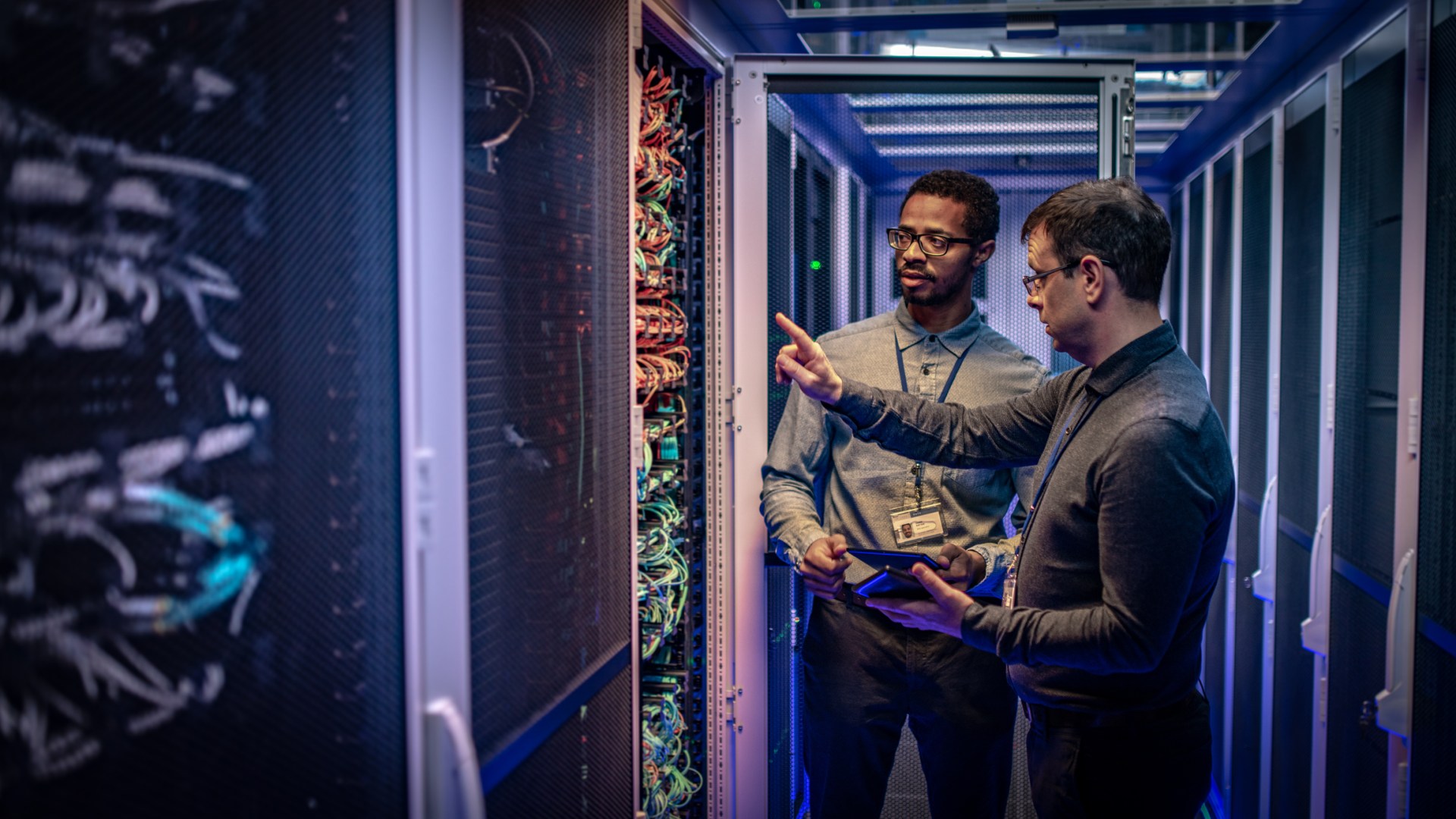In simple terms, 5G leverages new standards in wireless technology to achieve new standards in speed and throughput. It genuinely does set a new paradigm in connectivity. With that in mind, here is a quick overview of how colocation is adapting to the new world of 5G.
Colocation’s adaptation to 5G
Here are three of the most important ways colocation is adapting to and integrating with emerging 5G networks.
Network densification
A critical aspect of 5G’s technical architecture is network densification. This essentially means increasing the number of access points to enhance network capacity and coverage.
Small cell deployment is a cornerstone of this approach. It involves the installation of compact, low-power base stations in high-traffic areas. Unlike traditional macrocell towers, small cells are strategically positioned in urban environments. They hence address the demand for increased data density and reduced congestion in densely populated areas.
Small cells play a pivotal role in 5G networks by providing localized coverage and improving network efficiency. These miniature base stations, often installed on lampposts, buildings, or other urban infrastructure, ensure a more granular distribution of connectivity. This deployment model not only enhances the overall network capacity but also supports the connectivity demands of specific locations, ensuring a more reliable and responsive user experience.
5G infrastructure optimization involves refining the network’s architecture to accommodate the increased density of small cells. This optimization includes intelligent resource management, dynamic spectrum sharing, and efficient traffic routing. By strategically distributing computational tasks and optimizing radio frequency utilization, 5G infrastructure achieves a harmonious balance between data capacity and efficient connectivity.
Collaboration and partnerships
Collaboration between colocation providers and 5G network operators is mutually beneficial. Colocation facilities offer the physical infrastructure and strategic locations necessary for deploying 5G equipment, including small cells and edge computing resources. This collaboration enables 5G network operators to expand their footprint efficiently, tapping into existing colocation infrastructure to establish a widespread and interconnected network.
The synergy extends to the sharing of infrastructure, leading to improved operational efficiency and resource utilization. Shared facilities, such as power and cooling systems, reduce redundancy and enhance sustainability efforts. Additionally, collaborative efforts in deploying and maintaining hardware lead to cost savings and streamlined operations.
Expanding (further) into edge computing
Edge computing and 5G are natural partners. The main driver behind edge computing is to minimize latency and, hence, maximize the speed of data transmission. Two of the main benefits of 5G are ultra-low latency and ultra-high data transfer speeds. Moreover, 5G is known for its high capacity. This makes it perfect for applications and services that create high volumes of data.
The fact that 5G is a mobile data standard makes it an obvious choice for applications that people use on the move. Probably the most obvious example of this is autonomous vehicles. Mobility is, however, relevant to numerous, highly diverse, applications and services.
Furthermore, the combination of edge computing and 5G could encourage a mobile element to be integrated into applications and services that do not yet feature it.
Impact on data center architecture
Here are three of the most important ways 5G is influencing data center architecture.
Scalability and flexibility
Colocation providers are embracing a modular design approach to meet the surging demands imposed by 5G. This involves the construction of facilities in modular units, allowing for incremental expansion in response to increased data loads.
The modular design not only facilitates efficient space utilization but also enables the swift deployment of additional computing resources. This helps to ensure that colocation centers can keep pace with the escalating requirements of 5G networks.
Additionally, colocation providers are investing in technologies that enable them to make the most effective use of the resources they have. In particular, they are leveraging artificial intelligence and machine learning to automate dynamic workload management.
Energy efficiency
In the context of 5G, sustainable practices extend beyond colocation facilities to the broader 5G-powered data center ecosystem. Network operators and colocation providers collaborate to implement energy-efficient hardware, intelligent power management systems, and eco-friendly construction materials. The integration of sustainable practices ensures that the transformative power of 5G is harnessed responsibly, aligning technological progress with environmental stewardship.
Greater emphasis on edge data centers
Edge data centers decentralize computational tasks, reducing the physical distance between data processing and end-users. This distribution optimizes latency, ensuring that applications requiring real-time responsiveness, such as IoT devices and augmented reality applications, operate with minimal delay. The dispersal of computing resources enables localized data storage and processing, catering to the specific needs of users in diverse geographical areas.
As 5G networks facilitate ultra-low latency and high-speed connectivity, the proximity of edge data centers becomes a strategic advantage. These edge locations serve as critical points for processing and delivering data, enabling seamless user experiences in applications ranging from autonomous vehicles to immersive multimedia.




